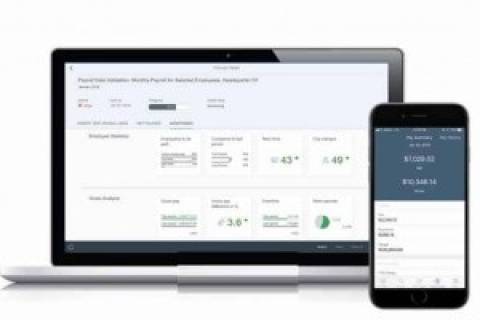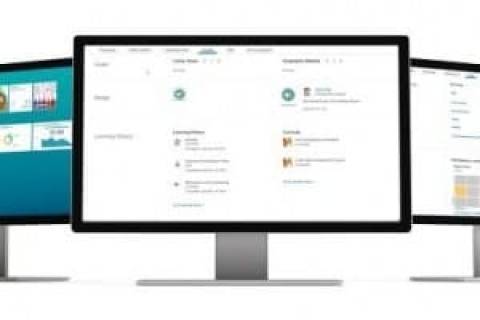Contents
History of Payroll
Managing payroll in the age of digitization of business has become more user-friendly than ever before.
Payroll Management has undertaken this remarkable journey from its humble beginnings which, like finance, started as a manual bookkeeping operation in the 1940s. It was probably the first of many HR functions to be introduced to computers for payroll processing in the 1960s which lead to the founding of the American Payroll Association in the 1980s to now.
Today payroll processing is offered by everyone from big enterprise application vendors, smaller groups of international players, local players, and vendors who focus on SMB marketplace among others.
Even though there are various players on the sector, but one thing that remains common among all is the fact that all of these players provide their solutions in a SaaS environment with a heavy focus on mobile-based self-service technology.


Here, One-Size Certainly Doesn’t Fit All
Managing payroll, unlike many otherHR functions, is not a one-size-fits-all endeavor. Any organization that is likely to make the next move of replacing their existing payroll solution should concentrate first on their organizational objectives and then their cultural and business practices when deciding what the best payroll solution for their company is.
Irrespective of the chosen solution, the ideal technology and services will help ensure that payroll is finished on-time, with precision, efficiency, and efficacy.
The Best Practice In Selecting Your Next Payroll Solution
We have highlighted a few best practices for selecting and managing payroll for your organizations:
- Digitize the entire payroll process from data entry to taxation-compliance.
- Outsource as much as you can so that you let the experts do their job while you focus on yours.
- Be accountable and transparent.
- Select vendors not based on reputation but their performance.
- Focus heavily on integration with other third-party players and payroll analytics, one of the most neglected areas in the HR analytics
- Ensure the solution is mobile-ready with a high level of focus on employee self-service.
- Last but not least, do not go by technical jargons like machine learning, AI, natural language processing etc. but understand how that will help you in your business


SAP SuccessFactors Employee Central Payroll (ECP)
Analysts agree that the accurate measure of a localized application in HR is its payroll engine. There is no gray area in payroll, and SAP SuccessFactors Employee Central Payroll supports payroll processing in over 40 countries, Since SAP SuccessFactors Employee Central Payroll is based on SAP’s proven on-premise payroll product, you can expect to see the list of supported countries expand rapidly.
As your organization grows around the globe, or as you look for more visibility and control in specific countries, we will help make sure your employees get paid accurately and on time. SAP has localized experts and knowledge to offer a global payroll platform, owing to our deep understanding of both payroll technology and country-specific expertise.
A key differentiator is the Employee Central Payroll (ECP)’s unmatched global capability. We understand that when it comes to payroll, companies must think global but act locally. ‘Global,’ here refers to more than just a different language or name and address format. Similarly, ‘local’ means more than just an aggregation of payroll providers.
Localization requirements include, for example:
- Tax calculations to ensure that you are compliant, no matter what country or region you are serving
Additional global requirements call for usability across the world, so that users see:
- Calendars with their local holidays
- Time zones
- Currencies
- Local language
Get to know Employee Central Payroll better
Countries localized Payroll
Customers with 100k+ Users
Years of experience in HR




